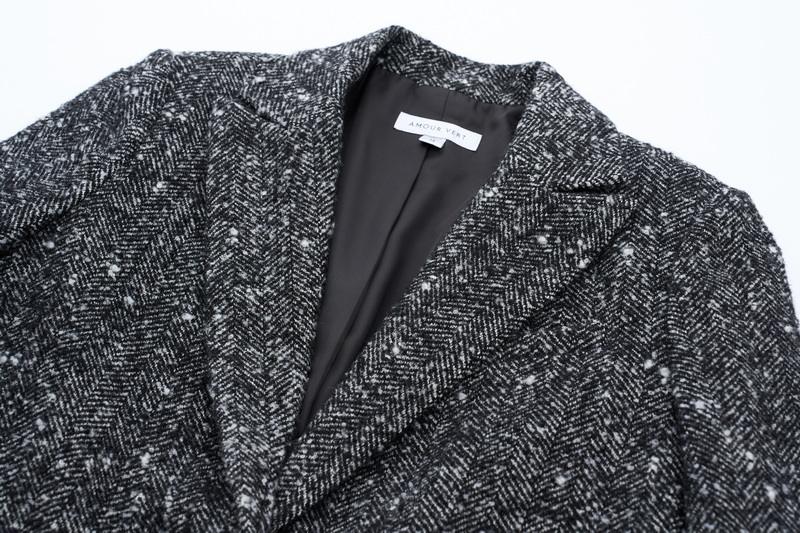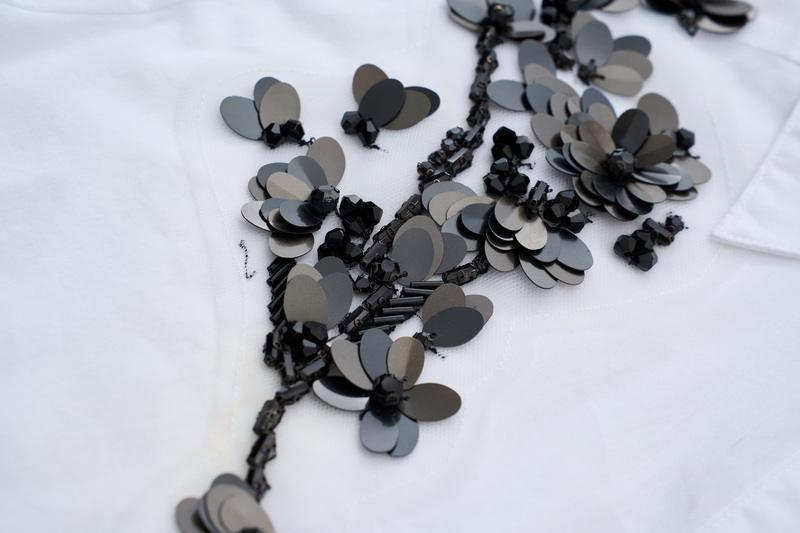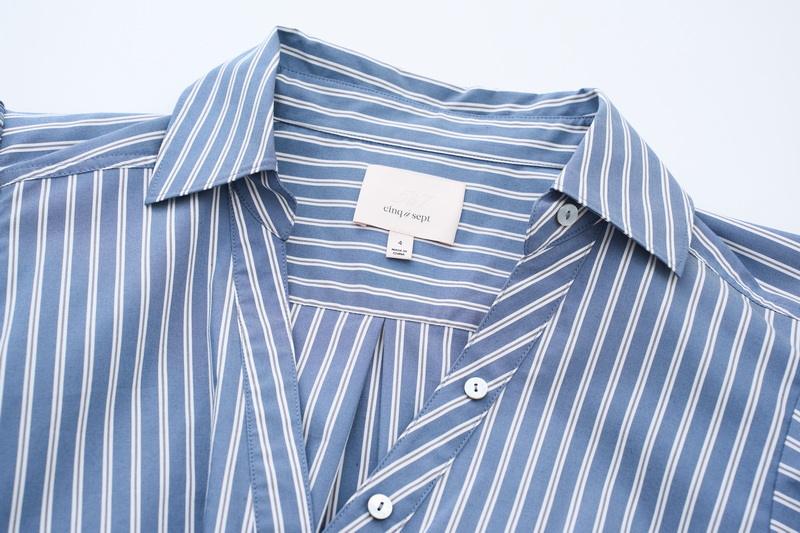Customized clothing has become a popular way to express individuality, promote brands, and create unique fashion statements. Choosing the right materials for customized clothing is crucial because the fabric affects comfort, durability, appearance, and how well the customization techniques—such as printing or embroidery—adhere to the garment. This comprehensive guide explores the best materials for customized clothing, their properties, and how to select the perfect fabric for your needs.

Understanding Customized Clothing and Fabric Importance
Customized clothing refers to garments tailored or designed with specific features, logos, prints, or embroidery to meet personal or business requirements. The fabric choice impacts not only the look and feel but also the longevity and effectiveness of the customization.
Why Fabric Matters in Customized Clothing
– Comfort: The fabric determines how comfortable the clothing feels against the skin.
– Durability: Some fabrics withstand wear and washing better than others.
– Customization Compatibility: Certain fabrics work better with printing, embroidery, or heat transfer.
– Appearance: Fabric texture and color retention affect the final look of the design.
Best Fabrics for Customized Clothing
1. Cotton: The Classic Choice
Cotton is the most popular fabric for customized clothing due to its softness, breathability, and versatility. It is ideal for t-shirts, casual wear, and corporate apparel.
– Pros: Soft, breathable, comfortable, holds ink and embroidery well.
– Cons: Can shrink if not pre-shrunk; wrinkles easily.
– Best Uses: Custom t-shirts, company shirts, casual wear.
– Varieties: Ring-spun cotton is softer and prints better than standard cotton[1][3][7].
2. Polyester: Durable and Functional
Polyester is a synthetic fabric known for its durability, wrinkle resistance, and moisture-wicking properties, making it excellent for activewear and corporate uniforms.
– Pros: Durable, resists wrinkles and shrinkage, holds color well, moisture-wicking.
– Cons: Can cause dye migration in printing; not suitable for direct-to-garment printing.
– Best Uses: Sportswear, golf shirts, branded apparel.
– Blends: Often blended with cotton to combine comfort and durability[1][2][7].
3. Cotton-Polyester Blends: Best of Both Worlds
Blends combine the softness and breathability of cotton with the durability and wrinkle resistance of polyester.
– Pros: Comfortable, durable, less prone to shrinking and wrinkling.
– Cons: May not be as soft as pure cotton.
– Best Uses: Business apparel, embroidered merchandise, everyday wear[1][2][3].
4. Tri-Blend Fabrics: Soft and Stylish
Tri-blends typically combine cotton, polyester, and rayon, offering a lightweight, soft, and stretchy fabric with excellent color retention.
– Pros: Soft, stretchy, stylish, excellent color retention.
– Cons: Usually more expensive.
– Best Uses: Fashion-forward custom apparel, premium t-shirts[1].
5. Linen: Lightweight and Breathable
Linen is a natural fiber known for its breathability and moisture-wicking properties, perfect for warm weather clothing.
– Pros: Lightweight, breathable, moisture-wicking.
– Cons: Wrinkles easily, less durable than cotton.
– Best Uses: Summer wear, casual customized clothing[7][10].
6. Fleece: Warm and Cozy
Fleece is a soft wool-like fabric used mainly for hoodies and sweatshirts.
– Pros: Warm, soft, comfortable.
– Cons: Not suitable for screen printing on deep pile fleece; better for embroidery.
– Best Uses: Custom hoodies, sports team gear, office gifts[2].
7. Specialty Fabrics for Luxury Customized Clothing
– Silk: Luxurious, soft, lightweight, ideal for formal wear but wrinkles easily.
– Cashmere: Warm, soft, and sophisticated for colder climates.
– Velvet: Rich texture, great for winter garments.
– Leather & Suede: Durable and stylish but not ideal for embroidery[7][10][14].

How to Choose the Right Fabric for Your Customized Clothing
Consider the Purpose
– Casual wear: Cotton or cotton blends.
– Sportswear: Polyester or moisture-wicking blends.
– Formal wear: Silk, linen, or high-end cotton.
– Outerwear: Nylon or leather.
Consider Customization Method
– Screen printing: Works best on cotton and cotton blends.
– Direct-to-garment printing: Best on cotton; polyester is less suitable.
– Embroidery: Suitable for most fabrics except very thick or delicate ones like leather.
Fabric Weight and Feel
– Lightweight (3-4 oz): Ideal for hot weather and layering.
– Midweight (4.5-6 oz): Versatile for most custom t-shirts.
– Heavyweight (6 oz+): Premium feel, structured fit, good for embroidery[3].
Durability and Care
– Polyester and blends resist wrinkles and shrinkage.
– Cotton may shrink if not pre-shrunk.
– Specialty fabrics may require delicate care.
Conclusion
Choosing the best materials for customized clothing depends on the intended use, desired comfort, durability, and customization technique. Cotton remains the gold standard for its comfort and printability, while polyester offers durability and moisture-wicking benefits. Blends and tri-blends provide a balanced option combining the best qualities of natural and synthetic fibers. Specialty fabrics like silk, linen, and fleece cater to specific needs such as luxury, breathability, or warmth. Understanding these fabric properties ensures your customized clothing looks great, feels comfortable, and lasts long.

FAQ About Customized Clothing Materials
1. What fabric is best for custom t-shirts?
Answer: Cotton, especially ring-spun cotton, is best for custom t-shirts due to its softness and excellent printability. Cotton-polyester blends are also popular for durability and wrinkle resistance[1][3].
2. Can polyester be used for customized clothing?
Answer: Yes, polyester is great for durability and moisture-wicking, ideal for sportswear and corporate apparel. However, it is less suitable for direct-to-garment printing and may require special printing techniques[1][2].
3. What fabric should I choose for embroidered custom clothing?
Answer: Cotton, cotton blends, and fleece are good choices for embroidery. Avoid very thick or delicate fabrics like leather, which do not work well with embroidery[2].
4. How does fabric weight affect customized clothing?
Answer: Lightweight fabrics are good for hot weather and layering, midweight fabrics are versatile for most uses, and heavyweight fabrics provide a premium feel and are ideal for embroidery and structured garments[3].
5. Are there eco-friendly options for customized clothing fabrics?
Answer: Yes, fabrics like organic cotton, bamboo, and linen are sustainable and eco-friendly choices for customized clothing, offering breathability and comfort[14].
Citations:
[1] https://www.bigfrog.com/woodbury/fabrics-matter-which-fabric-should-you-choose-for-your-custom-apparel/
[2] https://www.sharprint.com/blog/bid/102461/the-different-types-of-fabrics-used-in-custom-apparel
[3] https://shirtstop.com/blogs/daily-custom/choose-the-best-fabric-for-your-custom-printed-t-shirts-project
[4] https://www.freepik.com/free-photos-vectors/customized-clothing
[5] https://www.youtube.com/watch?v=6wzGNbVXQWI
[6] https://www.tissus-print.com/en/81-clothing-fabric
[7] https://www.wings2fashion.com/blogs/the-ultimate-guide-to-choosing-the-perfect-fabric-for-custom-clothing/
[8] https://www.bagsoflove.com/clothing-fabric
[9] https://www.youtube.com/watch?v=vVg6VqG4njY
[10] https://hansensclothing.com/blog/luxury-fabric-guide-choosing-the-best-materials-for-customtailored-shirts/
[11] https://www.freepik.com/free-photos-vectors/custom-clothing
[12] https://bigreams.com/guide-to-choosing-the-right-fabric-for-custom-clothing/
[13] https://www.zazzle.com/custom/clothing
[14] https://everlighten.com/blogs/blog/15-top-materials-for-custom-sweaters
[15] https://www.tomjames.com/blog/choosing-the-best-fabric-for-your-custom-clothing/HOW-TO-BUILD-CORPORATE-DESIGN/
[16] https://customisedclothing.com/blog/how-to-choose-the-perfect-fabric-for-your-custom-clothing/
[17] https://3rdrailclothing.co.uk/the-art-of-custom-t-shirt-printing-fabrics-and-techniques/
[18] https://steveapparel.com/fabric-selection/
[19] https://www.amcustomclothing.co.uk/2024/11/14/best-t-shirt-fabric/
[20] https://www.printful.com/blog/t-shirt-materials
[21] https://www.bagsoflove.co.uk/clothing-fabric
[22] https://qclothier.com/blogs/blog/top-performance-fabrics-for-custom-business-attire-combining-style-and-function
[23] https://www.primodesigns.net/Blog/Posts/20/Branding/The-Ultimate-Guide-to-Creating-Custom-Apparel/blog-post/
[24] https://www.contrado.com/dress-fabric
[25] https://www.eshakti.com/FabricDesignCustom.aspx
[26] https://caspar-design.com/explore-fabrics-catalog/
[27] https://www.istockphoto.com/photos/custom-clothing
[28] https://www.shutterstock.com/search/custom-clothing
[29] https://www.istockphoto.com/photos/custom-made-clothes
[30] https://www.youtube.com/watch?v=TFpLM52goYY
[31] https://www.contrado.com/fabric-samples
[32] https://www.shutterstock.com/search/customized-clothing
[33] https://www.youtube.com/watch?v=JPD-q26zT2E
[34] https://www.hockerty.com/en/fabrics-collection/order-fabric-samples/
[35] https://www.pinterest.com/ideas/custom-fabric/903513376989/
[36] https://www.youtube.com/watch?v=1GN-FQwdQ6o
[37] https://www.youtube.com/watch?v=HrJMJb3HDmU
[38] https://www.contrado.com/types-of-fabrics
Hot Tags: customized clothing, China, Global, OEM, private label, manufacturers, factory, suppliers, manufacturing company